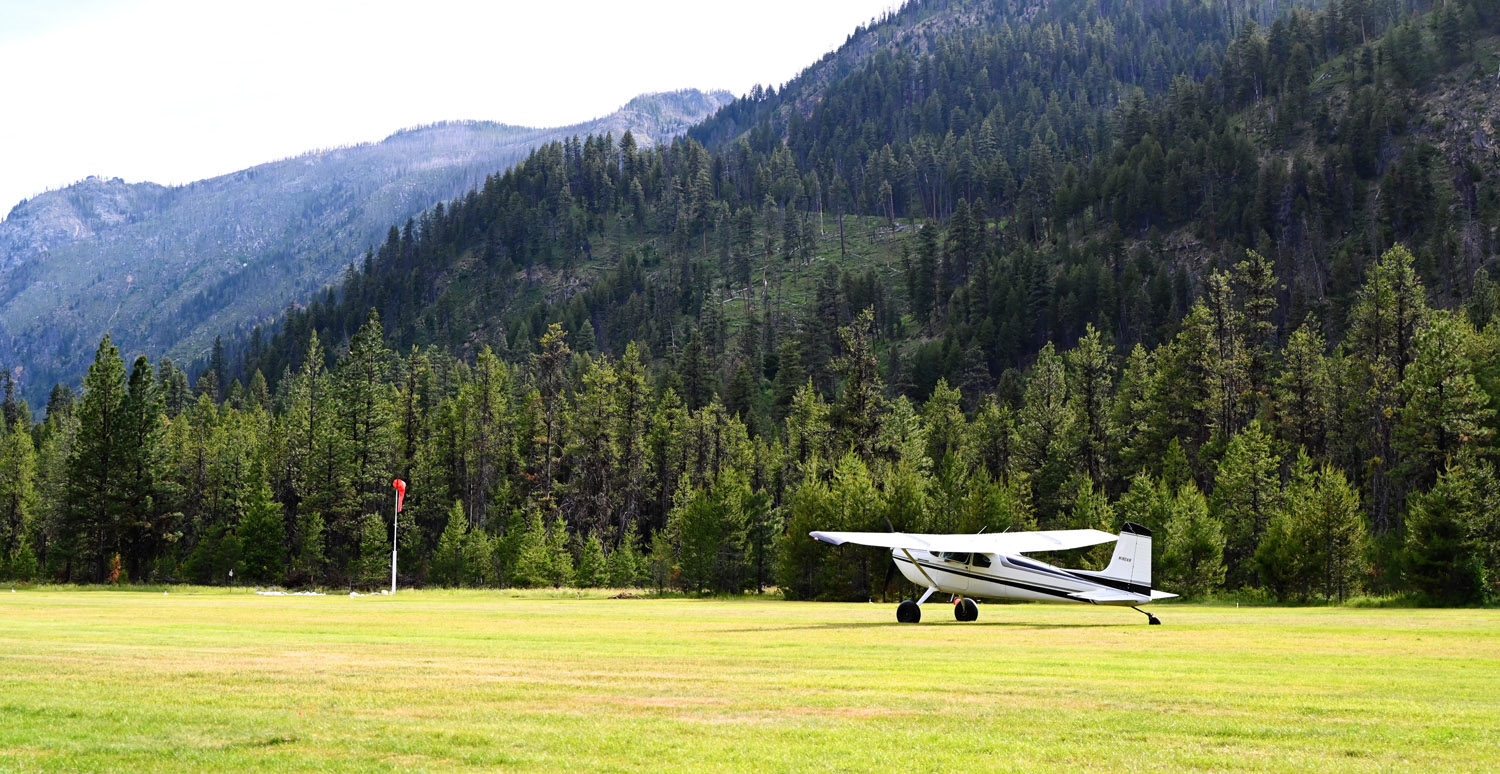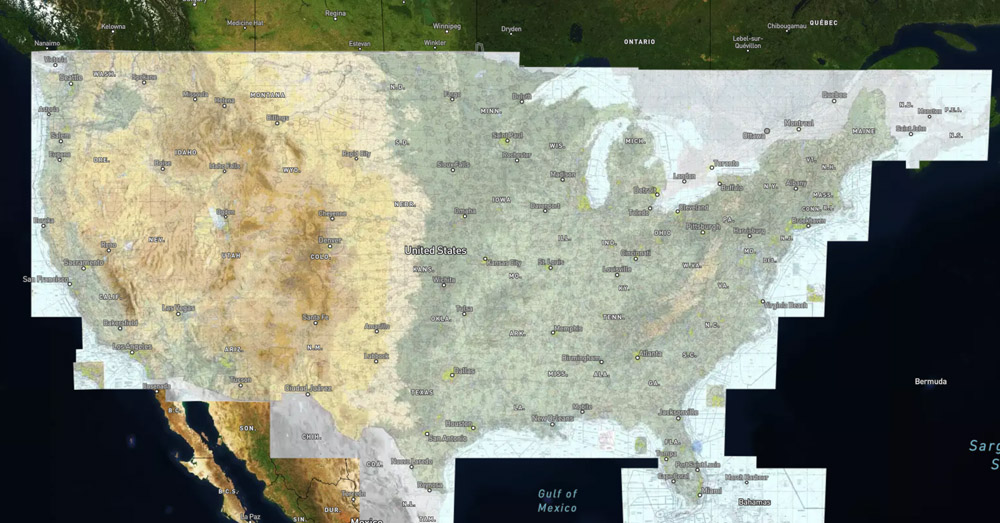The Idaho backcountry is an intimidating place, and rightly so. Many of the destinations there are unforgiving airports with little to no margin for error. The reward for developing the needed skills to fly here is operating in one of the most scenic and remote areas in the continental US. The most challenging strips are generally not accessible to those without a STOL plane and a good amount of experience, but for pilots looking to dip their toe into the backcountry, there are some options that are accessible to your run of the mill GA plane in addition to a reasonable amount of mountain flying training.

The airports listed here (in no particular order) are some of the more accessible airports in the Idaho backcountry. This means those with longer runways and more forgiving approaches that you don’t need tundra tires and a 500ft takeoff roll to land at. All while still being some incredible destinations that makes flying GA worth it.

